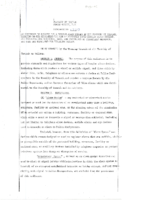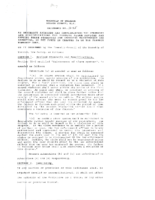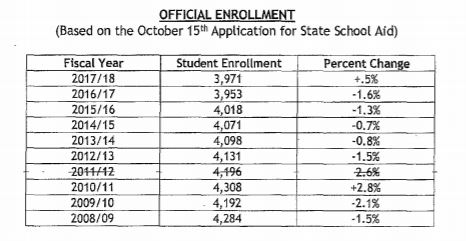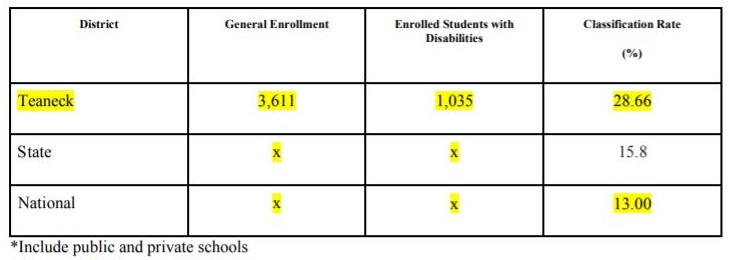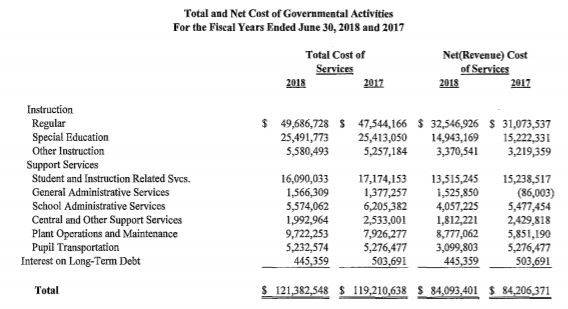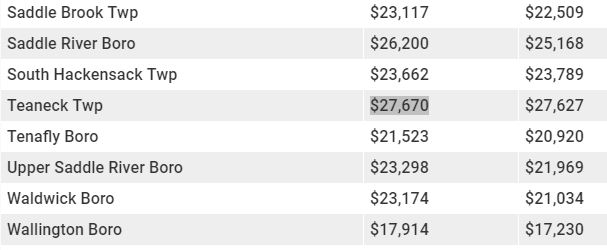One of the benefits to running on a slate is that you get to work on coordinating messaging.
Below are the responses from “The A Team” to questions posed by the League of Women Voters.
Question: Who is this certain “demographic” that will create an inability to meet the demands of the changing “demographic” due to the change in “demographics“?
-
Linda Burns:
3. What impact do you anticipate the influx of new apartment development will have on the Teaneck public schools and how should the district plan for this?
The Teaneck school district commissioned a study to gauge the impact of the near-term development projects on our school system and both have found that we can currently absorb the estimated 150 or so children expected to arrive. However, although the apartment complexes are being marketed as ‘luxury’ apartments with the expectation that a certain demographic will be renting them, there are no guarantees that those in the market for luxury apartments will indeed be the ones that rent those units. Currently, one of the completed projects is having difficulty renting out their units at the amount of rent they are asking for. In addition, the Pre-K program could be a pipeline to increase overall enrollment in the district. Therefore, I think that long term planning should allow for the possibility that enrollment will increase over time.
What demographic are you referring to here, Ms. Burns?
-
Denise Sanders
2. What do you see as benefits and/ or challenges of offering Pre-K?
Although there is controversy about whether Pre-K programs are beneficial, it doesn’t mean there is no value in a high-quality Pre-K program. In a diverse community like Teaneck, we need to seriously look at implementing programs that work to elevate the academic achievement of all students with different learning styles. While the long -term benefits of Pre-K have mixed results, we believe that by appropriately supporting students as they move through our school system, students will be the beneficiaries of a world- class education. In addition, Pre-K provides high quality childcare for young parents helping to make Teaneck become a sought-after community for new families. A significant challenge would be the inability to meet the demands of the changing demographic groups attending Teaneck schools.
What demographic changes are you referring to, Ms. Sanders?
-
Sebastian Rodriguez
3. What impact do you anticipate the influx of new apartment development will have on the Teaneck public schools and how should the district plan for this?
Based on the reports I have read, in terms of children attending the public schools the effect seems to be minimal, about 60 children. The numbers, spread among different ages/grades will have an insignificant impact on class size. So from that aspect, I expect a positive impact. On the other hand, anytime you have a change in the demographics of any community it is important for the newcomers, as well the people who already reside there to find ways to get to know each other and work together to continue to improve the community.






